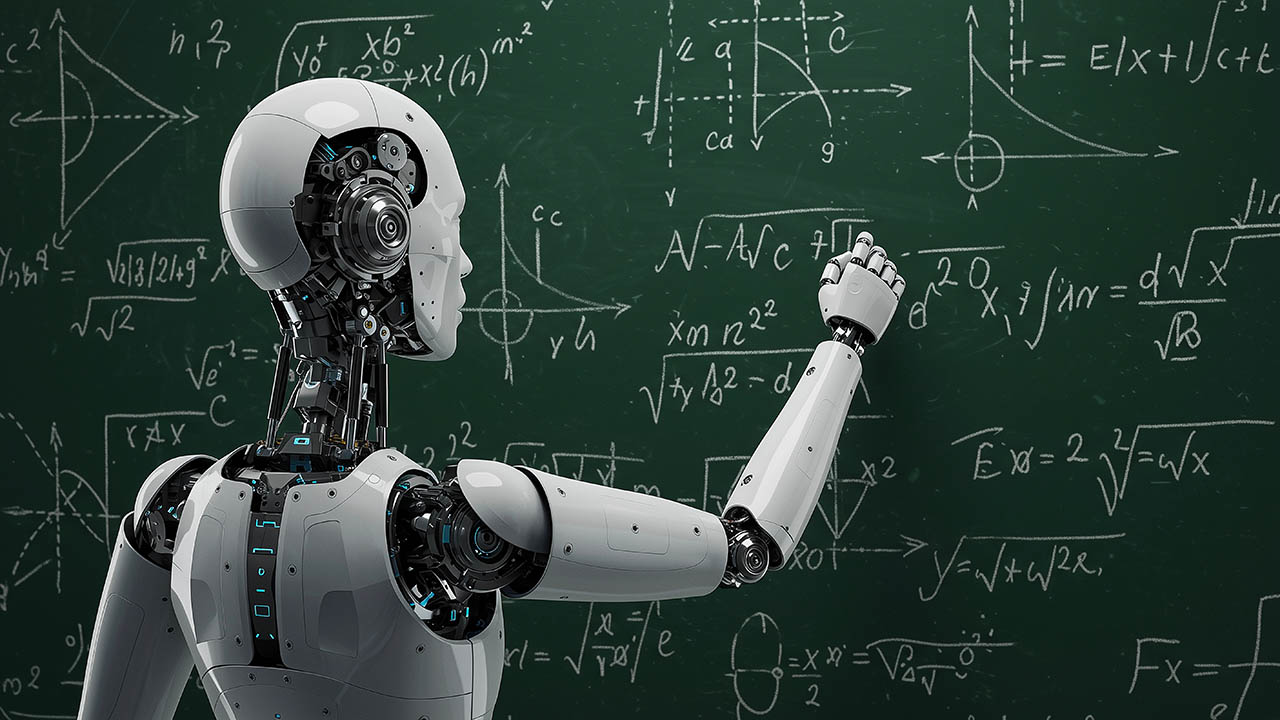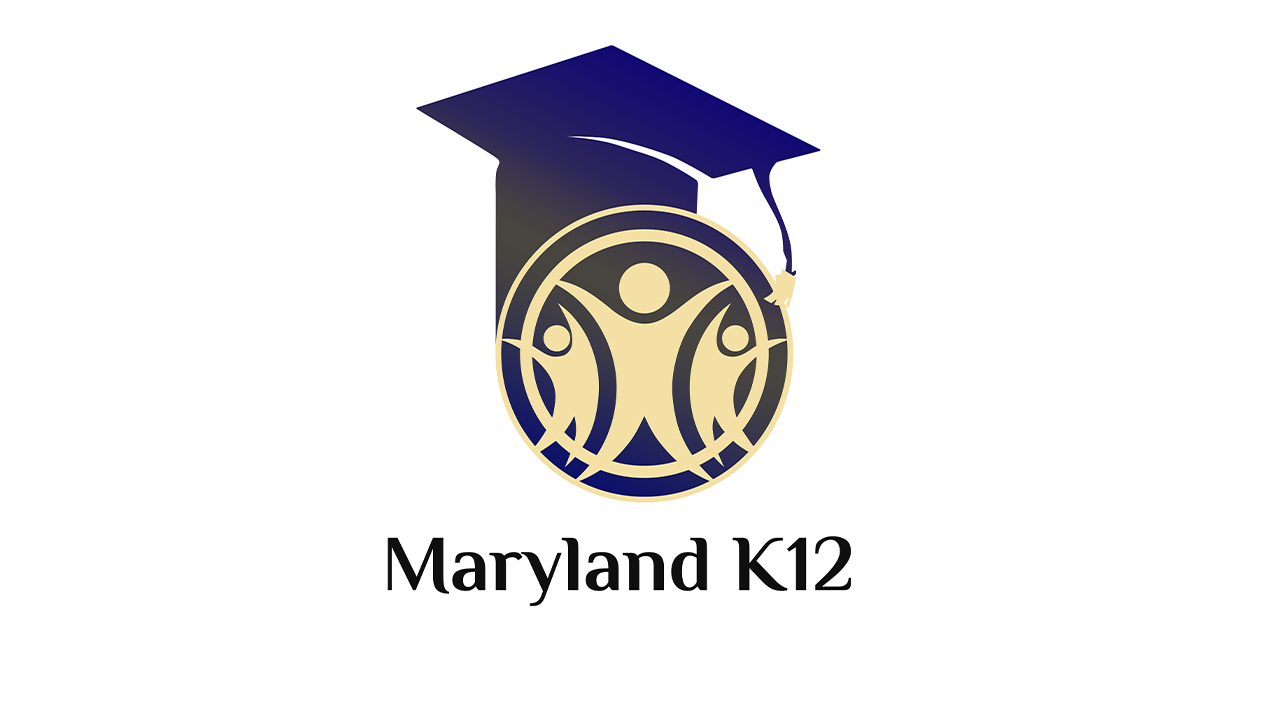

AI in Maryland Schools
Artificial Intelligence isn’t coming to Maryland classrooms, it’s already here. It includes applications such as plagiarism detection, security systems that scan for weapons, and programs that detect AI usage. AI has quietly woven itself into the daily operations of several districts. As school systems adopt these tools, often with little public discussion or staff training, the question becomes, are we ready for what’s next?
For years, technology has crept into education in bits and pieces. First it was learning management systems, then online testing, then virtual learning during the pandemic. AI, however, is different. It doesn’t just support instruction or streamline operations; it learns, predicts, and decides. And for Maryland’s public schools, that shift is proving far more complicated than anticipated.
Anne Arundel County
Anne Arundel County is on both ends of the AI debate, embracing it as a tool for safety while facing backlash when problems arise in the classroom. Earlier this year, a Broadneck High School student was accused of using AI to complete an assignment. The case quickly collapsed when the “proof,” a report generated by an AI detection program, couldn’t hold up to scrutiny. It was the system using AI to say that a student used AI. The district quietly reversed its decision, but the incident raised a larger question: who’s policing the technology that’s policing students?
At the same time, the county has invested in AI-based detection systems at some schools. The idea makes sense—speed up screening without the bottleneck of metal detectors—but the execution has been shaky at best. Like many systems across the country, accuracy and privacy remain major concerns. These examples show the same reality from different angles: AI in schools is growing faster than policy or practice can keep up.
Baltimore County
In Baltimore County, an AI-driven gun detection system made national headlines after flagging a Doritos bag as a weapon, prompting a lockdown and a student’s temporary detainment. No one was hurt, but the message was clear: when technology makes mistakes or misidentifies a threat, real people pay the price.
The county has been an early adopter of AI surveillance, much of it in the name of safety. But the Baltimore incident shows how quickly confidence in these systems can unravel. In education, trust is everything. Once it’s gone, it’s hard to rebuild.
Howard County
Howard County has taken a more forward-looking approach. Instead of focusing on discipline or security, the district is training students to work with AI. Its new apprenticeships and certification programs give students hands-on experience with emerging technologies, teaching not only how AI works but also how to use it responsibly.
This model, where AI is a tool for learning rather than punishment, is a glimpse of what doing it right might look like. But it also exposes a gap across Maryland. While some districts are preparing students to lead in a technology-driven economy, others are still arguing over how to monitor behavior.
The Eastern Shore
On the Eastern Shore, districts like Dorchester, Wicomico, and Worcester are in a tougher position. AI implementation there isn’t as visible, but it’s coming, often through state-led initiatives or vendor partnerships. The problem is that smaller systems have fewer resources, less infrastructure, and limited staff training.
When rural schools adopt AI tools for safety, instruction, or administration, they face the same expectations as larger systems but without the same support. If AI is going to play a meaningful role in Maryland’s schools, then equity has to mean more than student outcomes. It must include how technology itself is rolled out and sustained.
Policy Lag
Recognizing the growing use of AI in classrooms and administrative systems, Maryland lawmakers passed Senate Bill 906 earlier this year. The law directs the Maryland State Department of Education to develop clear guidance, maintain an inventory of AI tools, and issue annual reviews. It’s a start, but it’s also an acknowledgment that the state is still playing catch-up.
According to the Department’s own “TeachAI” report, nearly 87 percent of Maryland school leaders have received no professional development related to AI. That number alone should give policymakers pause. The technology is here, and it’s being used, but most of the people responsible for implementing it don’t fully understand how it works and have little or no expertise in managing it across an entire system.
The Bigger Picture
AI is not just another classroom tool. It is a force that can reshape how schools operate, how students are evaluated, and how communities view accountability. Used wisely, it can personalize learning, improve safety, and close gaps in access. Used poorly, it can erode trust.
As with most things in education, the solution isn’t to reject or rush adoption. It is to proceed deliberately. That means providing real training for teachers and administrators, creating clear guardrails for security purposes, and being transparent with parents and communities about how these tools are being used. More transparency in the Kenwood High incident, for example, would likely have reduced the outrage from parents.
Schools need to identify where and how AI will be used in both operational and instructional contexts. Are students allowed to use AI models such as ChatGPT, Copilot, Gemini, or others? If so, under what circumstances? If not, how will that be monitored? This is an issue that is not as easily resolved as one might think.
AI may be the thing in Maryland education, but it is not the first time schools have had to balance innovation with integrity. As we have seen before with testing, data systems, and discipline reform, what matters most isn’t the technology itself, but the people and principles behind it.
Dig Deeper With Our Longreads
Newsletter Sign up to get our best longform features, investigations, and thought-provoking essays, in your inbox every Sunday.
The MEN was founded by John Huber in the fall of 2020. It was founded to provide a platform for expert opinion and commentary on current issues that directly or indirectly affect education. All opinions are valued and accepted providing they are expressed in a professional manner. The Maryland Education Network consists of Blogs, Videos, and other interaction among the K-12 community.









